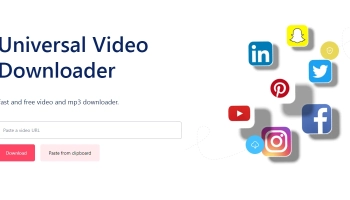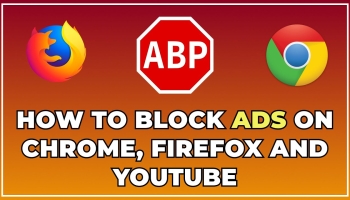
WebP Images: Everything You Need to Know
In the era of digital innovation, the file format WebP has emerged as a pivotal advancement in online imagery. Created by Google, this image format has garnered attention due to its efficient compression techniques that offer high-quality images with smaller file sizes. So, what is WebP, and why is it becoming so important? Here’s everything you need to know.
What is WebP?
WebP is an image format employing both lossy and lossless compression techniques. Launched by Google in 2010, the primary aim behind WebP was to create a new, open-standard image format for the web that could significantly reduce file size while maintaining high image quality. This reduction in size helps in quicker loading times of websites, thus improving user experience and reducing data costs.
WebP combines the features of other image formats such as JPEG, PNG, and GIF. It supports animation, alpha transparency (just like GIFs and PNGs), and provides a higher compression ratio compared to JPEGs, translating to better quality images at significantly smaller sizes.
Why Use WebP?
- Better Compression: WebP images can be up to 26% smaller in size compared to PNGs, and 25-34% smaller than equivalent JPEG images, all while maintaining similar or superior image quality.
- Faster Web Loading: Smaller file sizes lead to quicker load times for websites and lower bandwidth usage, improving user experience.
- Versatility: WebP supports both lossless and lossy compressions for RGB images. Additionally, it also supports transparency (alpha channel), like PNG and GIF formats, making it a versatile choice for different image types.
- Supports Animation: Similar to the GIF format, WebP supports animation. However, animated WebP files are significantly smaller than GIFs.
Limitations of WebP
While WebP holds many advantages, there are still some limitations to this format:
- Browser Compatibility: Not all web browsers fully support WebP. While it’s supported by browsers like Google Chrome, Firefox, Edge, and Opera, Safari only added support for WebP from version 14 onwards. Internet Explorer does not support WebP.
- Limited Software Support: Not all image editing software, like older versions of Photoshop, support the WebP format. However, newer versions and several other software packages are adding support due to WebP’s growing popularity.
How to Convert Images to WebP
Converting images to WebP format can be accomplished with various online tools, software, and even command-line interfaces. Free online converters like Squoosh, developed by Google Chrome Labs, are user-friendly options. Alternatively, command-line utilities like cwebp, provided by Google, offer more advanced options for developers and technical users.
In conclusion, WebP is a powerful and efficient image format that offers several benefits over traditional formats like JPEG, PNG, and GIF, particularly concerning file size and loading times. As browser and software support continue to expand, it is likely that WebP’s adoption will only increase in the future. For any web developer or designer looking to optimize their web content, WebP is certainly a format worth considering.



